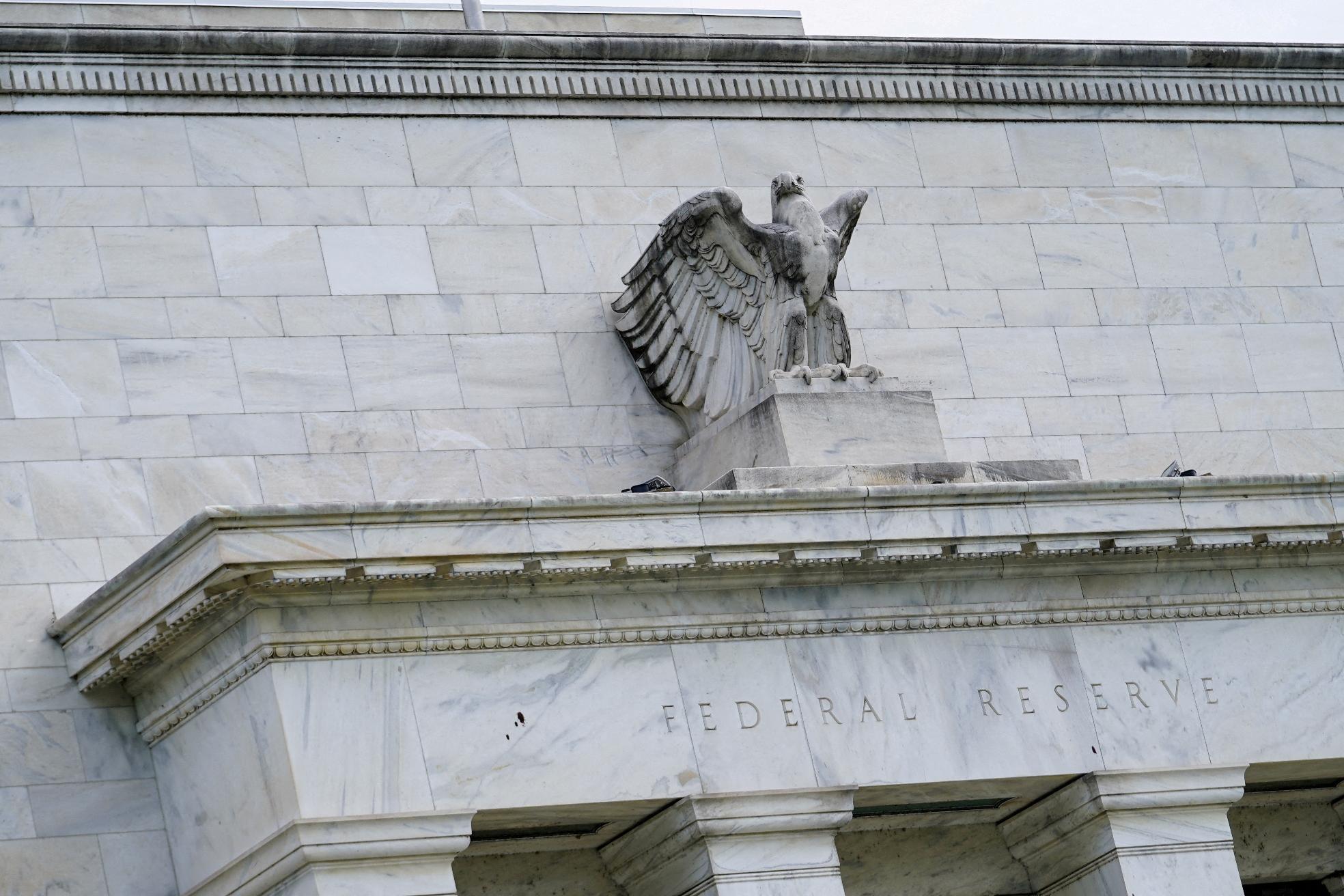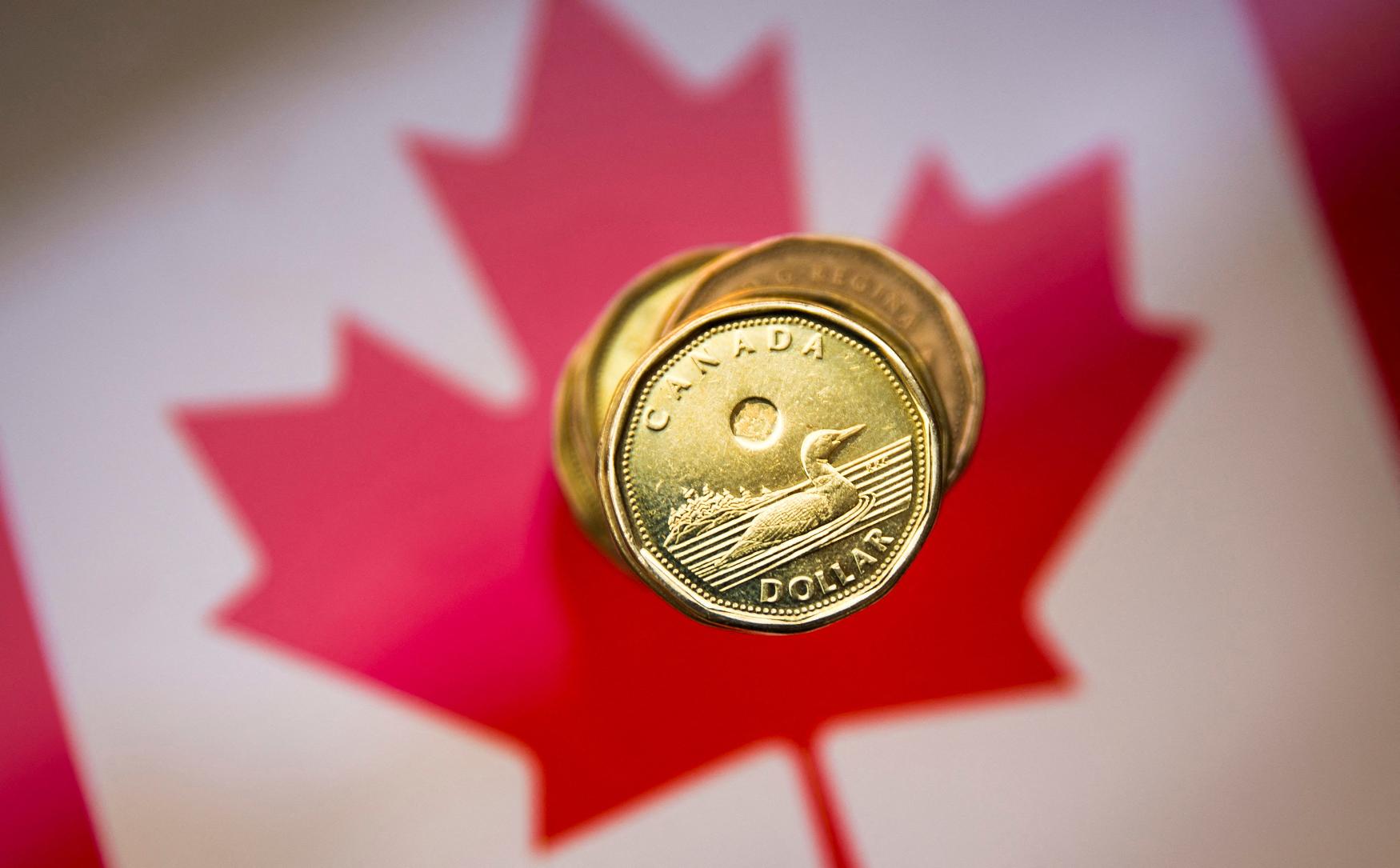
2024-09-06 19:48
BUENOS AIRES, Sept 6 (Reuters) - Argentine natural gas producer Pampa Energia announced a debt issuance of $410 million on Friday, signaling investor confidence in the company as it expands operations in the country's Vaca Muerta shale formation. The development of the massive shale deposit, where competitors including state-owned YPF and Vista Energy are also pumping in new investments, is a bright spot amid the South American nation's ongoing economic crisis marked by triple-digit inflation. Pampa's new debt issuance will come due in 2031 and was placed with a coupon of 7.95%, the company said in a statement. The firm is the third-largest gas producer in western Argentina's Neuquen basin, home to Vaca Muerta, one of the world's largest shale oil and gas reserves. Argentina hopes greater investment in Vaca Muerta can increase domestic production, boosting exports and reversing a long-running energy deficit in large part caused by costly crude and natural gas imports. Pampa's activity in Vaca Muerta covers about 8% of the formation's total area, and over 90% of its current output is natural gas. The debt issue will enable it to finance the development of the Rincon de Aranda shale oil field, according to the statement. The oversubscribed tender, which included interest from international investment funds, received bids for more than $1.7 billion. Sign up here. https://www.reuters.com/business/energy/argentinas-pampa-energia-raises-410-mln-through-debt-issuance-2024-09-06/

2024-09-06 19:08
RIO DE JANEIRO, Sept 6 (Reuters) - Mining companies Vale (VALE3.SA) , opens new tab and BHP (BHP.AX) , opens new tab, together with their joint venture Samarco (SAMNE.UL), may soon reach an agreement with Brazilian authorities to pay around 100 billion reais ($17.87 billion) for the collapse of a dam in the city of Mariana, said four sources familiar with the discussions. Three of the sources expect a final agreement to be reached in October. The amount is more than the 82 billion reais in new resources offered in the companies' last proposal in June to compensate for the 2015 disaster, which caused a wave of toxic tailings that killed 19 people, left hundreds homeless, flooded forests and polluted a river. ($1 = 5.5955 reais) Sign up here. https://www.reuters.com/markets/commodities/vale-bhp-samarco-could-close-18-billion-deal-over-brazil-dam-collapse-sources-2024-09-06/

2024-09-06 18:45
Sept 6 (Reuters) - Ukraine's foreign currency reserves were up to $42.3 billion as of Sept. 1, the central bank said on Friday. The reserves grew by 13.7% over the past month, the bank said in a statement. The reserves stood at $37.2 billion as of Aug. 1. "Such dynamics were driven by large inflows from international partners, which exceeded (the bank's) net FX sales and Ukraine's FX debt repayments," the bank said in a statement. In August, Ukraine received 4.2 billion euros from the European Union's lending facility and $3.9 billion via the World Bank. Ukraine is heavily reliant on financial aid from its Western partners to cover social spending as it allocates its own revenues for military needs. Sign up here. https://www.reuters.com/markets/europe/ukraine-forex-reserves-rose-423-bln-sept-1-cbank-says-2024-09-06/

2024-09-06 18:10
US central bank poised to cut rates at Sept. 17-18 meeting Fed policymakers focused on cooling labor market Traders expect Fed's first move to be 25-basis-point cut Sept 6 (Reuters) - Federal Reserve policymakers on Friday signaled they are ready to kick off a series of interest rate cuts at the U.S. central bank's meeting in two weeks, noting a cooling in the labor market that could accelerate into something more dire in the absence of a policy shift. Their remarks were widely seen as endorsing a quarter-percentage-point reduction in the Fed's policy rate, and leaving the door open to further and perhaps bigger moves should the job market continue to slow down. Policymakers have kept the Fed's benchmark borrowing rate in the current 5.25%-5.50% range since July 2023 after an aggressive rate-hiking campaign that began 18 months earlier in response to a surge in inflation. Inflation by the Fed's preferred measure is now well down from its mid-2022 peak of around 7%. The unemployment rate, at 3.5% when the Fed stopped raising rates, has now risen to 4.2%, and monthly job growth has slowed. U.S. central bankers have turned the monetary policy page, completing their shift to a focus on supporting jobs from what had been a singular focus on bringing down inflation. "It is now appropriate to dial down the degree of restrictiveness in the stance of policy by reducing the target range for the federal funds rate," New York Fed President John Williams said at a Council on Foreign Relations event. Speaking at the University of Notre Dame, Fed Governor Christopher Waller went further, saying he could support back-to-back cuts, or bigger cuts, if the data suggests the need. "I was a big advocate of front-loading rate hikes when inflation accelerated in 2022, and I will be an advocate of front-loading rate cuts if that is appropriate," Waller said. Chicago Fed President Austan Goolsbee, who has for months signaled he thinks rates need to come down, also said he wants to calibrate policy based on data as it comes in. "I don't think what happens at the next meeting alone is what's the most important," Goolsbee said in an interview with CNBC, adding that it would be critical for the Fed to understand the trend of the data over the next several policy meetings. Analysts said the message was clear. "Fed leadership sees a 25-basis-point cut as the base case for the September meeting but is open to 50 basis-point cuts at subsequent meetings if the labor market continues to deteriorate" Goldman Sachs economists said in their summary of what will be the last public remarks on monetary policy by Fed officials before their Sept 17-18 meeting. Two weeks ago, Fed Chair Jerome Powell touched off intense speculation about the size of a September rate cut when he said "the time has come" to ease policy. Waller echoed Powell's choice of phrase on Friday, and added that "it is likely that a series of reductions will be appropriate." 'SKY IS NOT FALLING' Data published earlier on Friday showed monthly job gains have averaged 116,000 in the June-August period, below what many economists estimate is needed to meet the job-growth needs of an expanding population. The latest employment report, along with other recent data, "reinforces the view that there has been continued moderation in the labor market," Waller said. The data indicates softening but not deterioration, and the economy does not look to be headed to recession, he said. Still, "the current batch of data no longer requires patience, it requires action." All three policymakers noted progress on bringing inflation down, with Waller saying it is now on the "right path" to get to the Fed's 2% goal. Underlying inflation, based on the change in the core personal consumption expenditures price index, is averaging 2.6% when measured on an annualized six-month basis and 1.7% on an annualized three-month basis. Traders of futures that settle to the Fed's policy rate are now pricing a 75% chance that the U.S. central bank will start by cutting its policy rate by 25 basis points. They are pricing in a 4.25%-4.50% policy rate by the end of this year, a level that implies a bigger rate cut at one of the central bank's last two meetings of the year. "It is clear that the employment market is slowing down, and the Fed has to start to move," said Eugenio Aleman, chief economist at Raymond James. "But the sky is not falling, the floor is not shaking ... and making a 50-basis-point cut will send an incorrect signal to the market" that the economy is falling apart, he said. "And they don't want to do that." Sign up here. https://www.reuters.com/markets/rates-bonds/fed-seen-delivering-upsized-rate-cut-us-job-growth-cools-2024-09-06/

2024-09-06 17:07
Sept 6 (Reuters) - A sharper rise in capital investment is one of many improvements to Russia's 2024 economic outlook, new economy ministry forecasts showed, though stubbornly accelerating inflation may blunt the impact of faster rises in household incomes. Russia's economic growth relies heavily on large-scale government spending on arms production as Moscow funds its war in Ukraine, which has led to soaring wages in a tight labour market and strong consumer demand even with interest rates at 18%. Moscow now expects gross domestic product (GDP) to climb 3.9% in 2024, up from 2.8% in the forecast it issued in April, Finance Minister Anton Siluanov said last week. The baseline forecasts from the economy ministry are used by the finance ministry for its budget calculations. The government's expectations now exceed those of analysts polled by Reuters, who see GDP growth of 3.6% in 2024. Russia now expects to record two years of strong economic growth, improving on a 3.6% expansion in 2023 and following a 1.2% contraction in 2022 as Moscow grappled with a barrage of Western sanctions over the invasion of Ukraine. But inflation is also seen climbing. The economy ministry expects annual inflation to end the year at 7.3%, up from 5.1% envisaged in April, and just shy of a 7.4% reading in 2023. Those sharp rises follow an 11.9% jump in prices in 2022. It raised its expectations for real wage and disposable income growth significantly, both of which are seen expanding faster than the economy and labour productivity, continuing to push up consumer demand, which combined with record government spending and the rouble's 2023 slide have fanned inflation. Several interest rate hikes by the central bank to a more than two-year high of 18% have failed to curb price rises, and inflation will not return to the bank's 4% target until at least 2026. The ministry's growth forecasts for retail trade turnover, capital investment and industrial output in 2024 were also raised. The improvements it sees in most forecasts are predicated on raised expectations for Russia's energy exports, with prices for oil and gas both seen higher than in the April forecasts. The rouble is expected to trade a little stronger than previously forecast, averaging 91.2 per dollar this year and 96.5 next. The Russian currency is seen ending 2026 at 100/dollar and gradually weakening deeper into triple figures every year going forward. The economy ministry forecast suggests Russia's tight labour market is here to stay, with unemployment seen remaining at what would be a record annual low of 2.6% until at least 2030. Hundreds of thousands of people have fled Russia or joined the military since Russia launched its invasion of Ukraine. Below is a table with the economy ministry's forecasts for 2024-27. The previous forecasts, from April 2024, are in brackets: Sign up here. https://www.reuters.com/markets/europe/russia-raises-main-economic-forecasts-sees-higher-year-end-inflation-2024-09-06/

2024-09-06 16:15
Canadian dollar falls 0.5% against the greenback Touches its weakest since Aug. 23 at 1.3571 Canada's unemployment rate rises to 6.6% 2-year yield hits a 2-year low at 3.028% TORONTO, Sept 6 (Reuters) - The Canadian dollar weakened to a two-week low against its U.S. counterpart on Friday as oil prices fell and investors weighed prospects of domestic jobs data triggering a faster pace of interest rate cuts by the Bank of Canada. The loonie was trading 0.5% lower at 1.3571 to the U.S. dollar, or 73.69 U.S. cents, its weakest level since Aug. 23. For the week, the currency was down 0.6%. Canada's economy added 22,100 jobs in August but the pace of hiring was not fast enough to stop the unemployment rate climbing to 6.6%, its highest level in seven years excluding the pandemic years of 2020 and 2021. "We're still on track for back-to-back rate cuts going into the last two meetings of the year and also (we'll) watch the growth numbers and whether that means we're going to actually take a faster pace," said Amo Sahota, director at Klarity FX in San Francisco. The overnight index swaps market was pricing in 63 basis points of easing in total at the BoC's final two meetings of the year, up from 59 basis points before the jobs data. It indicates an increased chance the central bank will opt for an oversized half-percentage-point reduction, rather than a quarter-percentage-point move, at one of those decisions. U.S. data showed that employment increased less than expected in August, but a drop in the jobless rate to 4.2% suggested an orderly labor market slowdown continued and probably did not warrant a big rate cut from the Federal Reserve this month. The price of oil , one of Canada's major exports, fell 1.9% to $67.86 a barrel, extending its recent declines, Canadian bond yields fell across a steeper curve. The 2-year was down 6.8 basis points at 3.069%, after earlier touching its lowest level since August 2022 at 3.028%. Sign up here. https://www.reuters.com/markets/currencies/c-hits-2-week-low-jobs-data-fuels-oversized-rate-cut-bets-2024-09-06/
